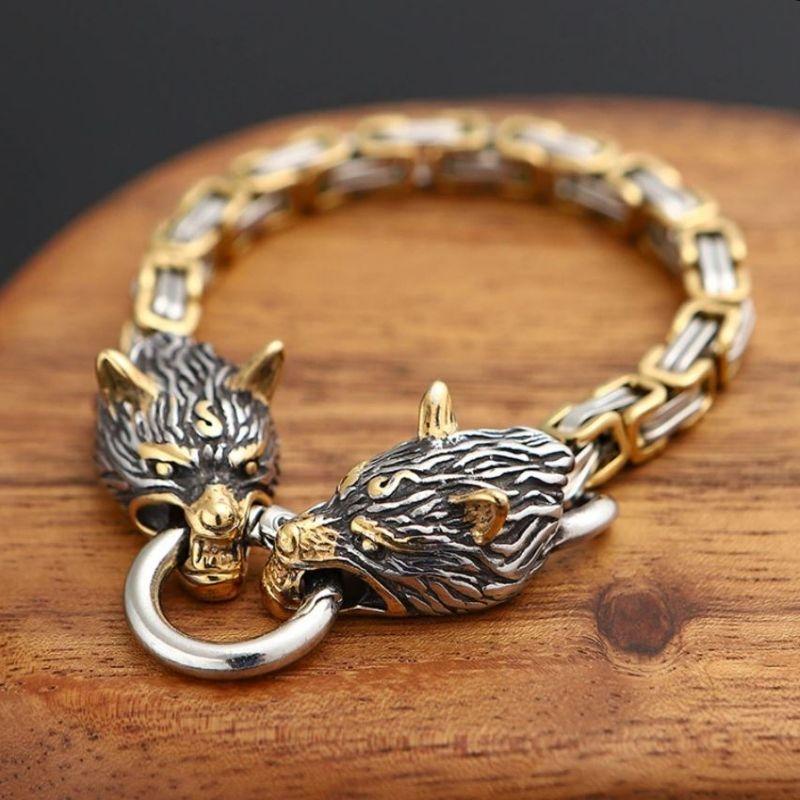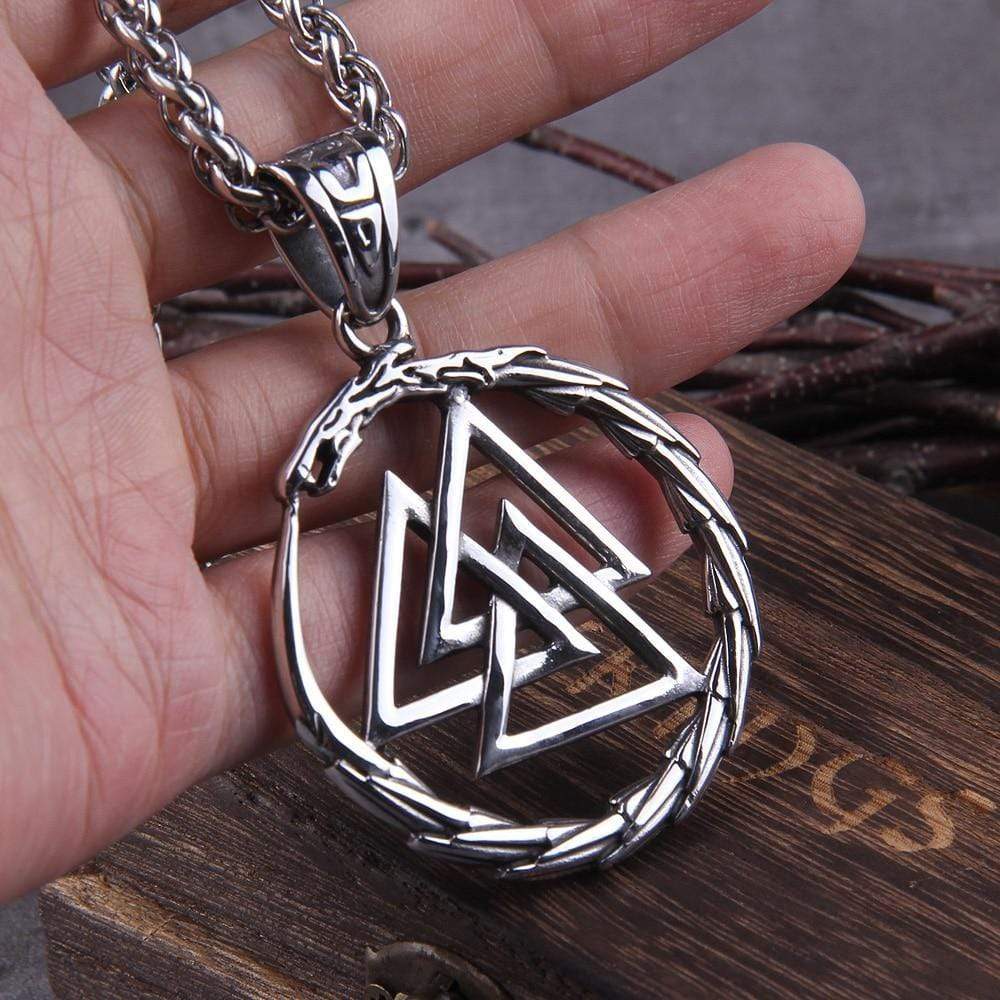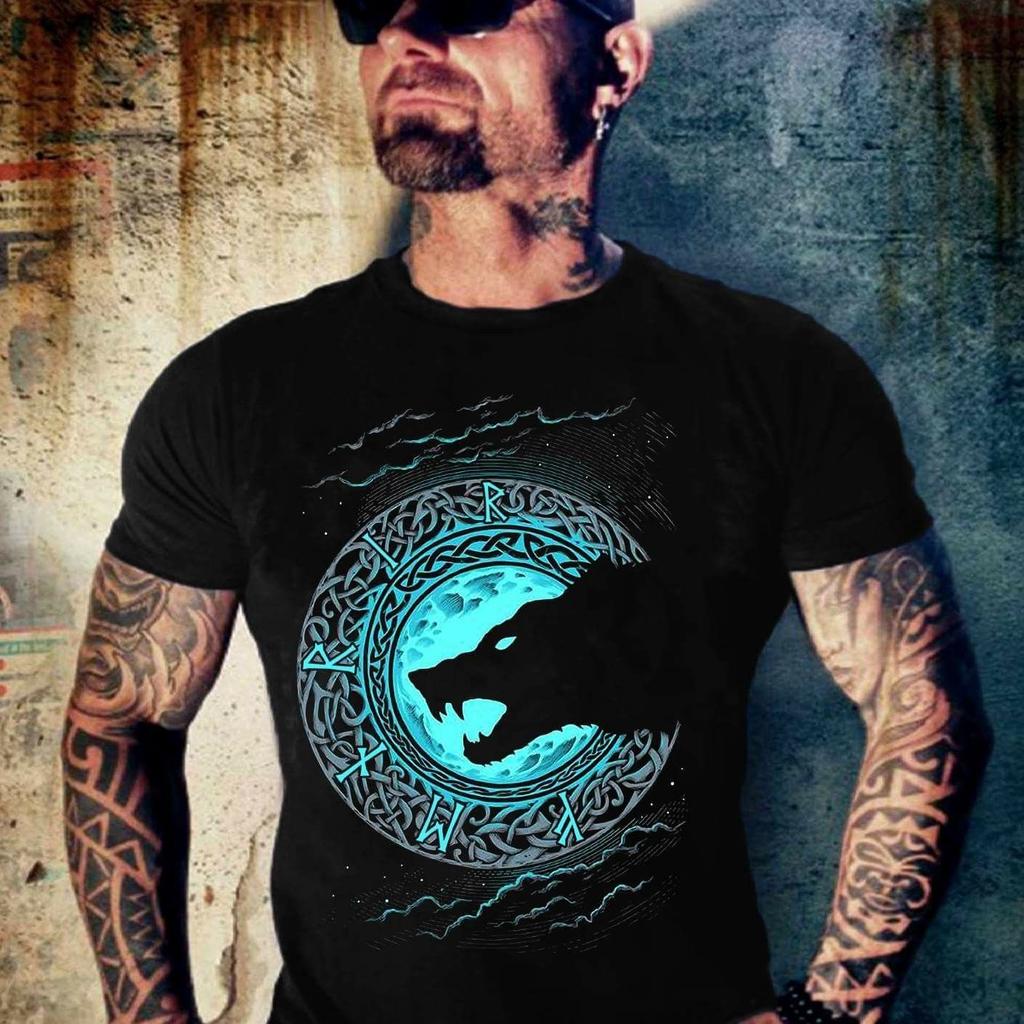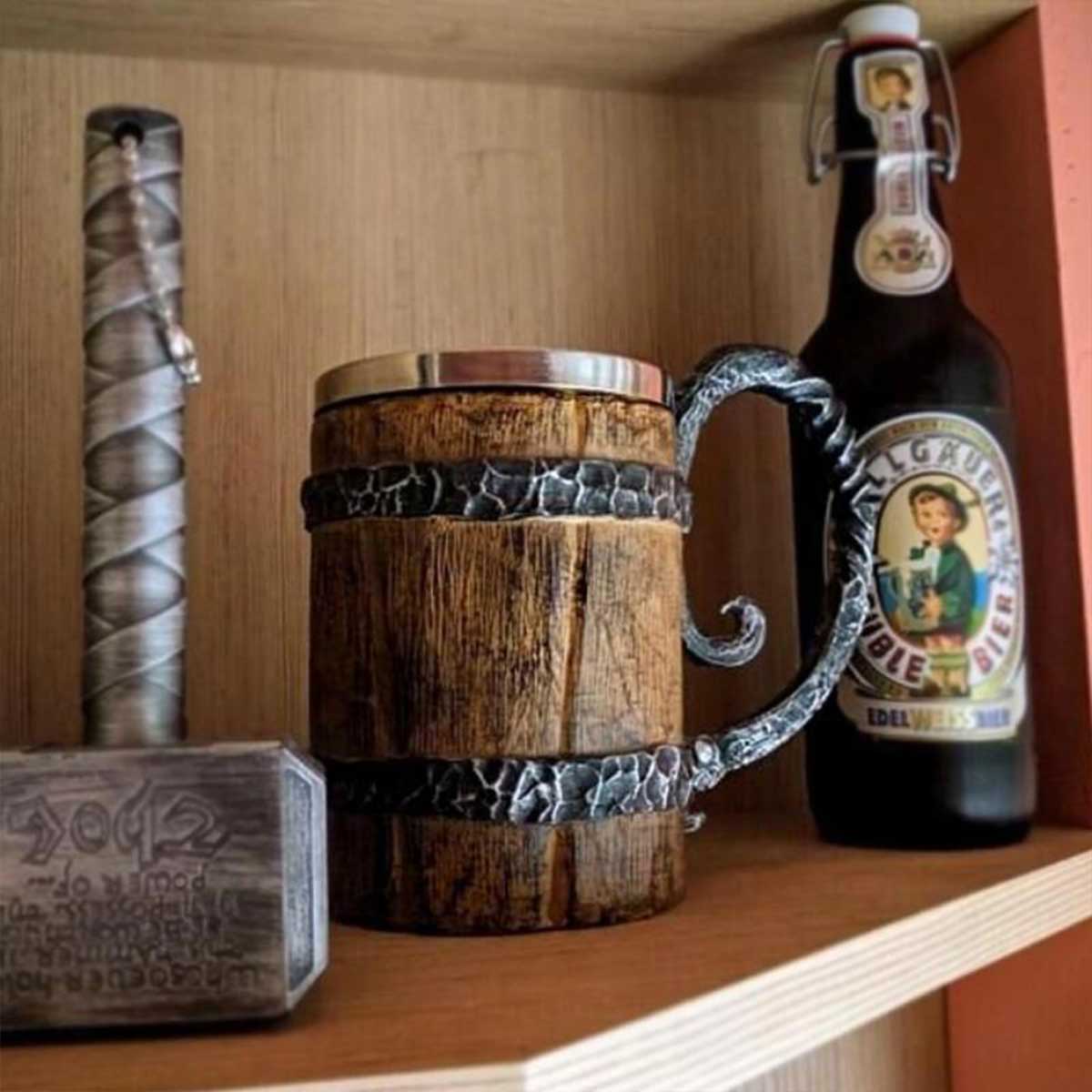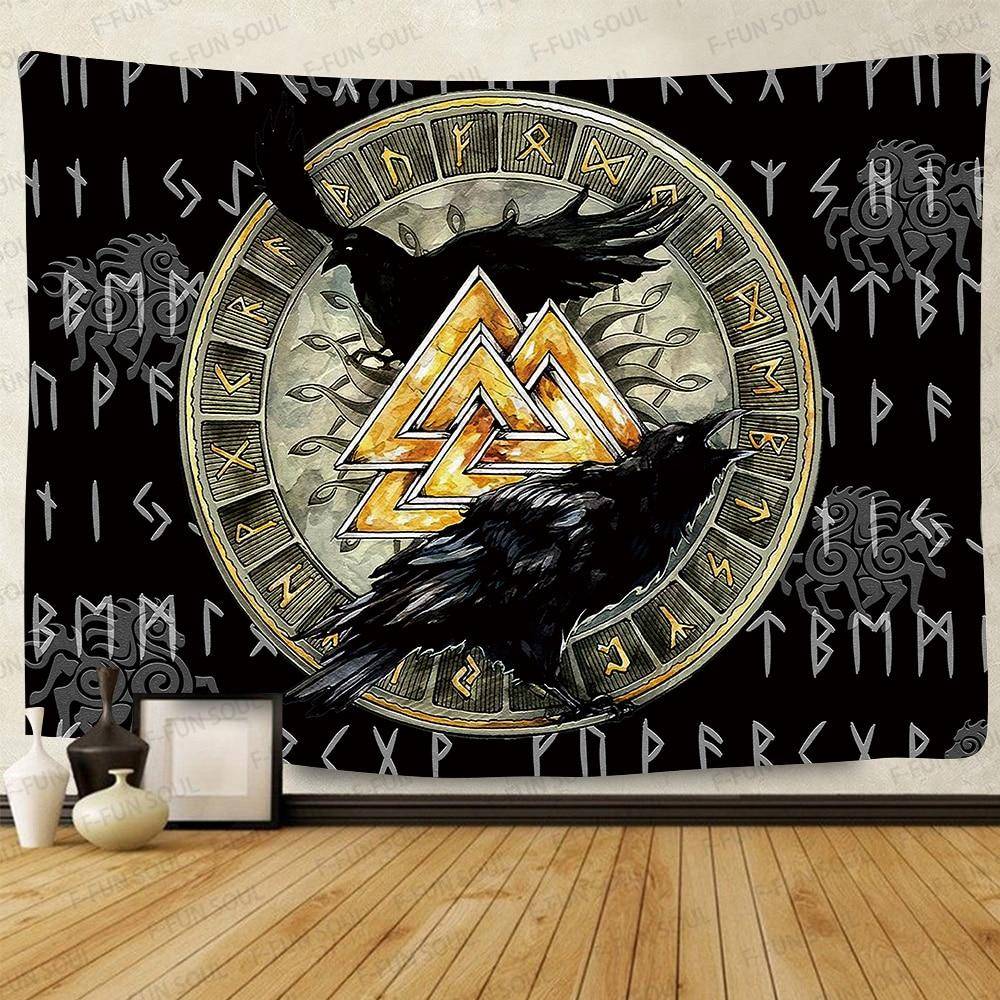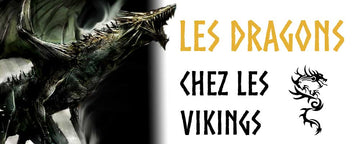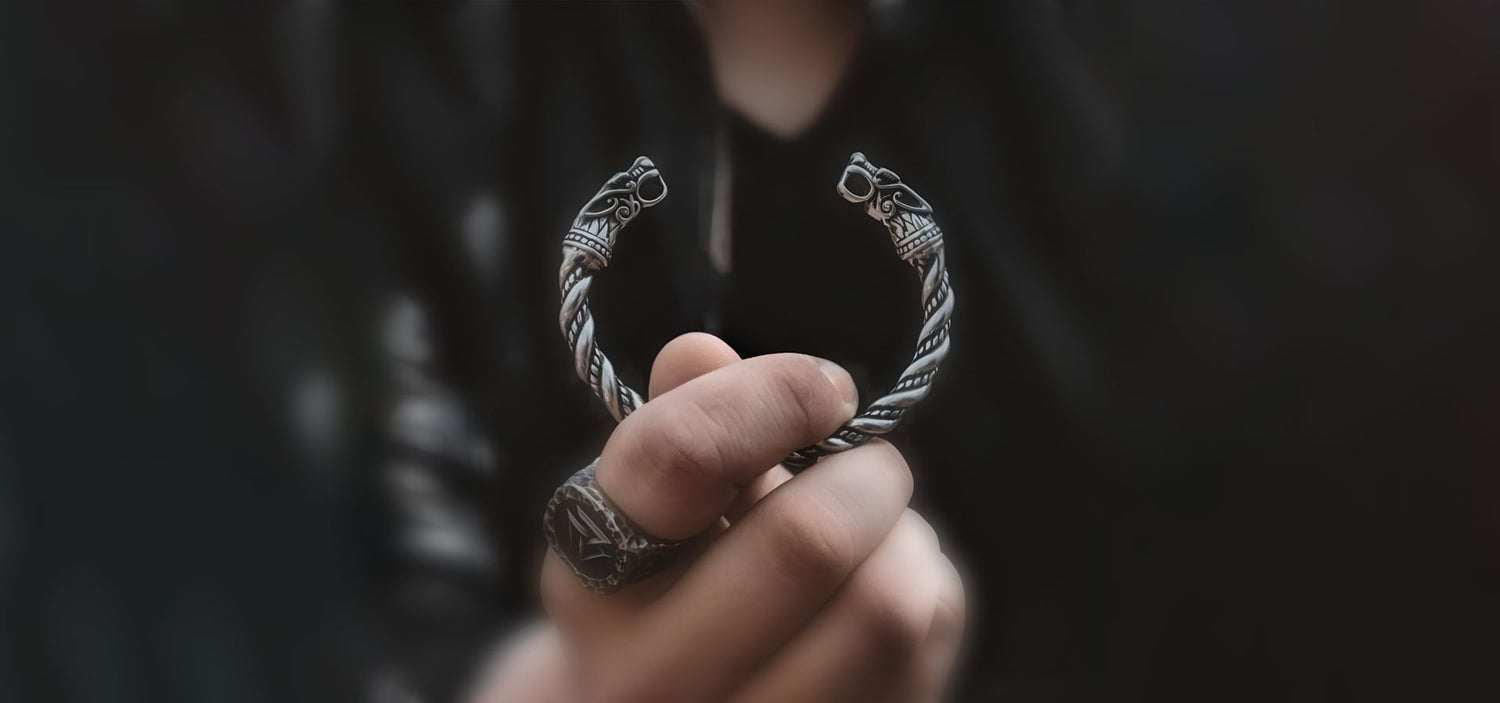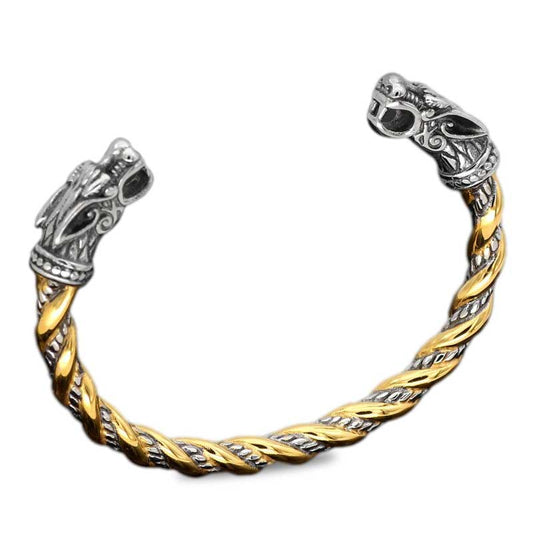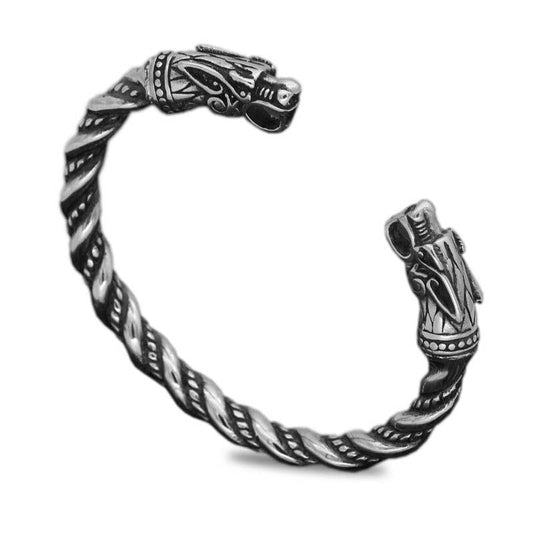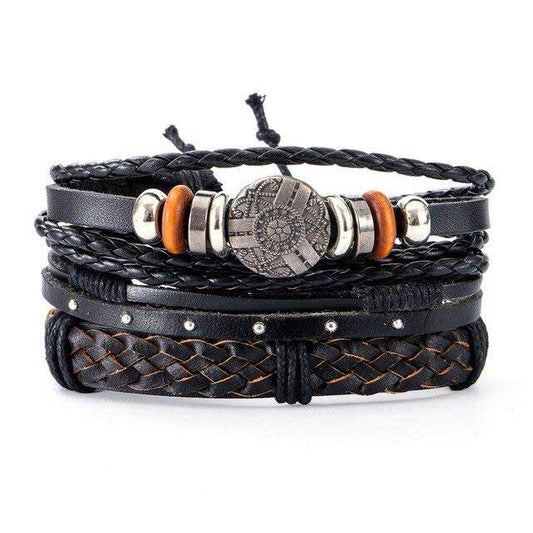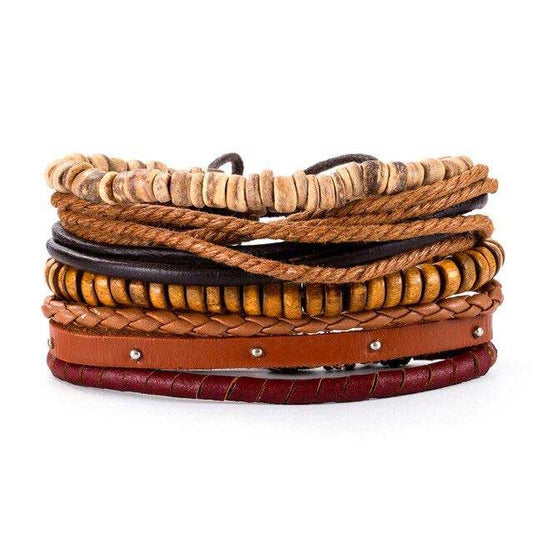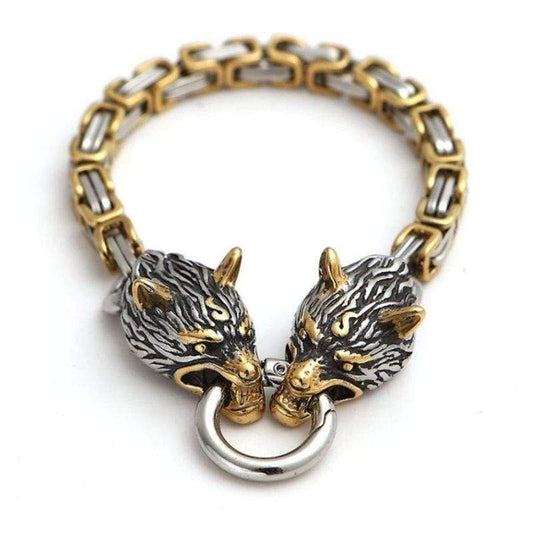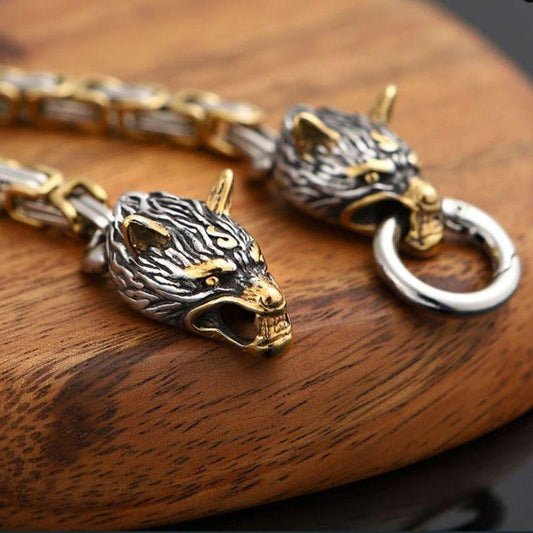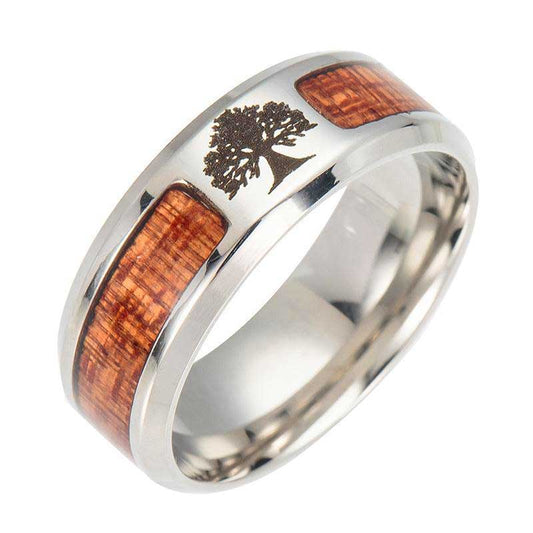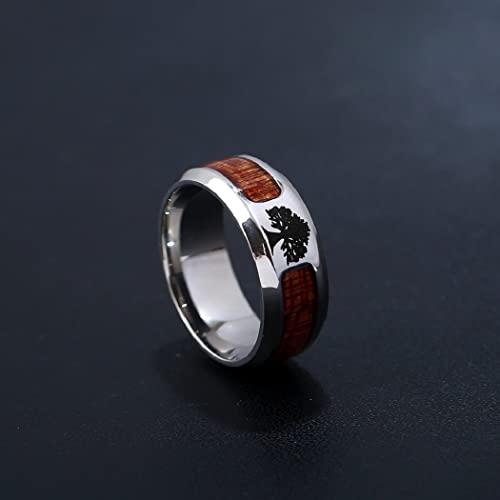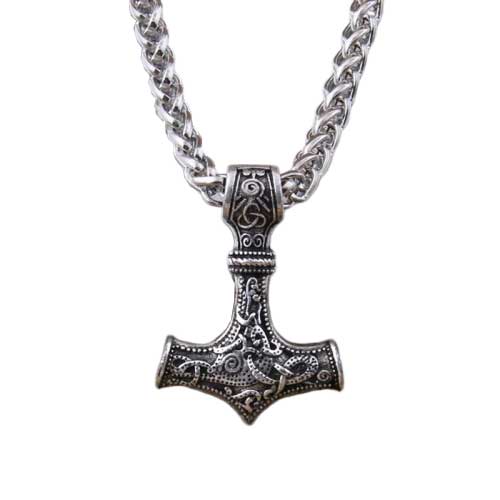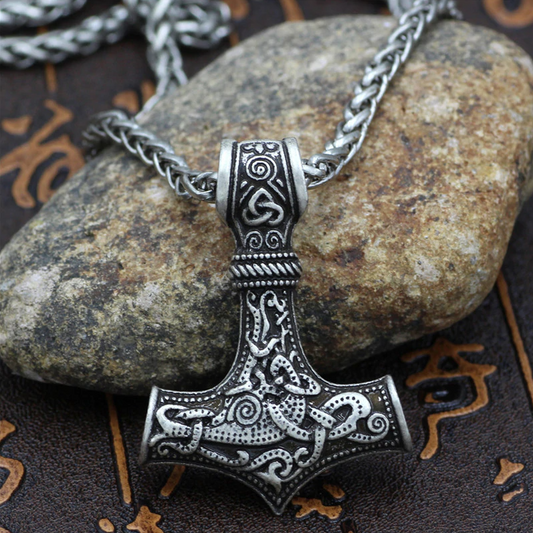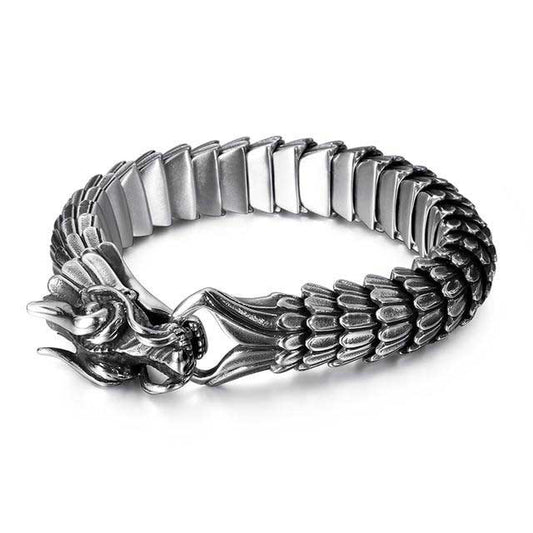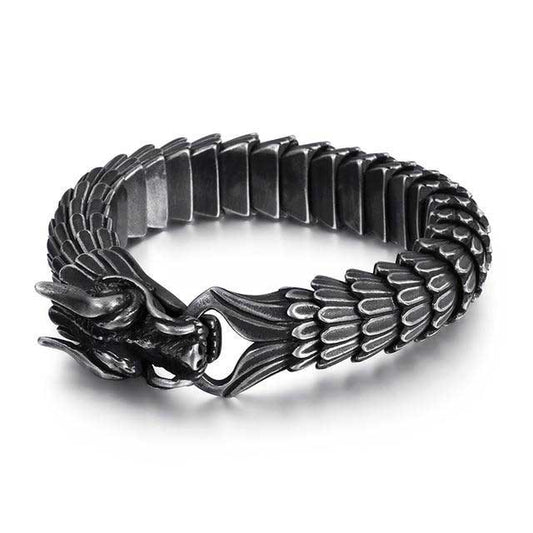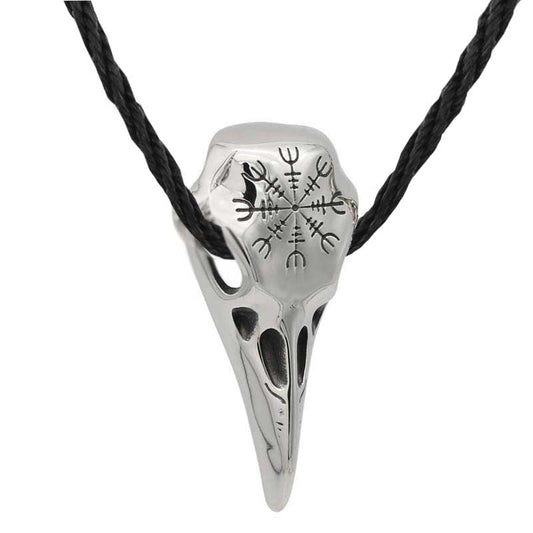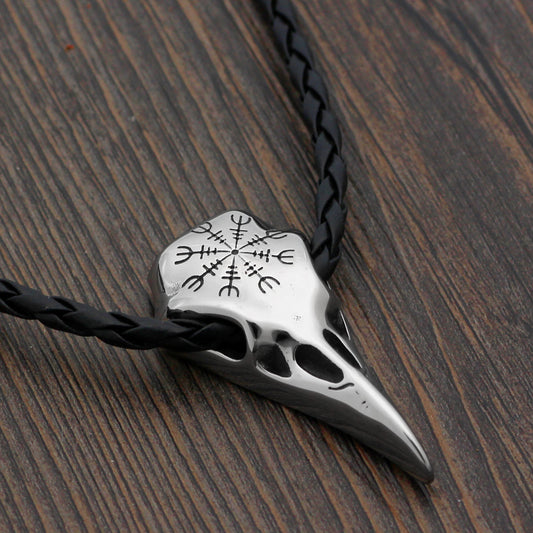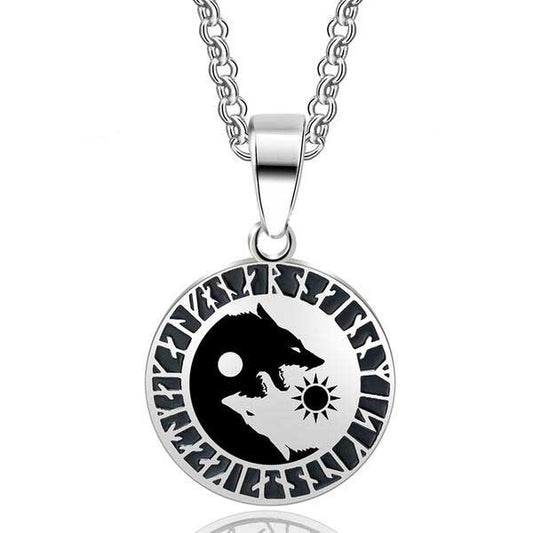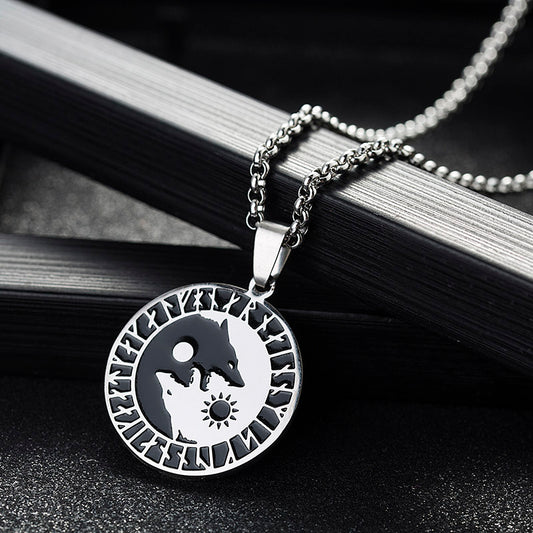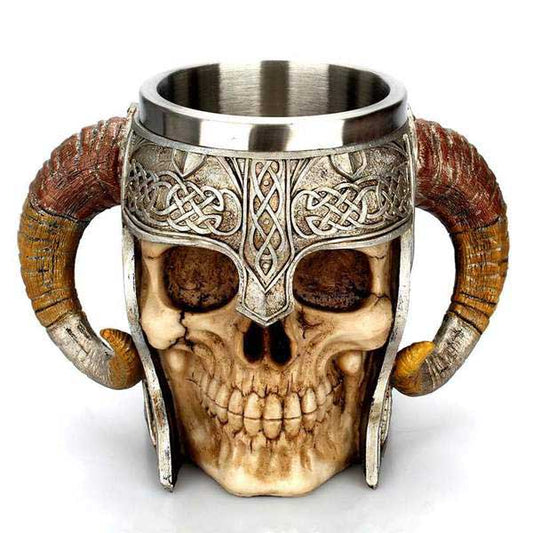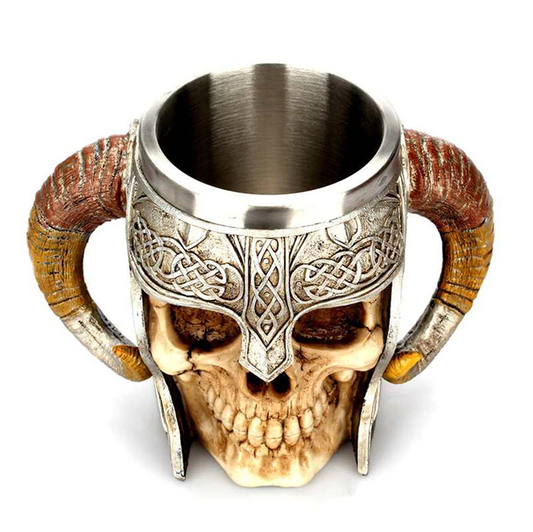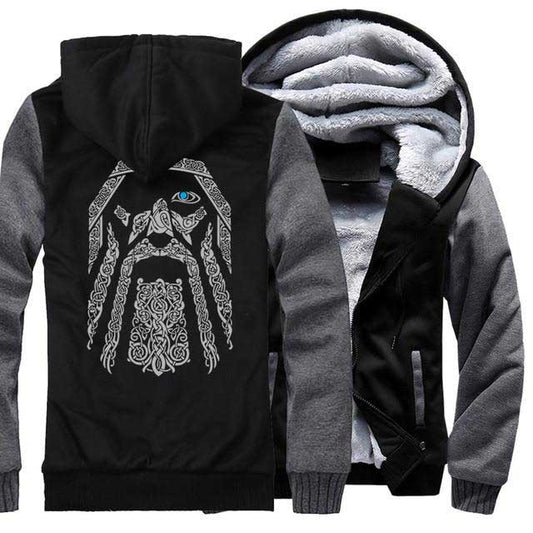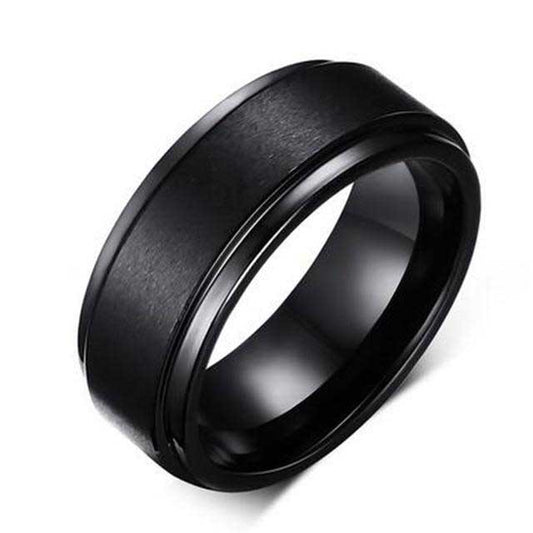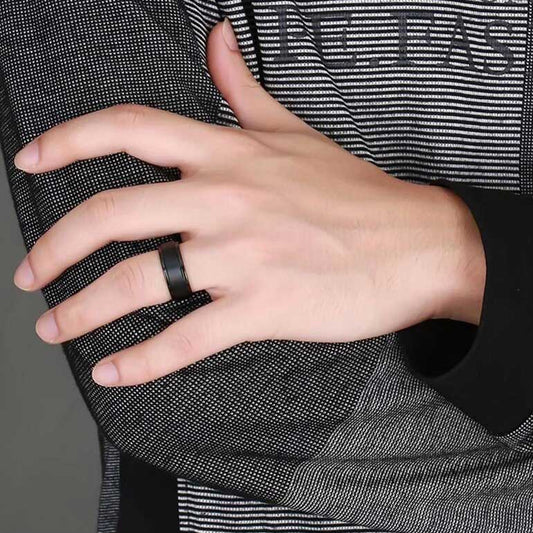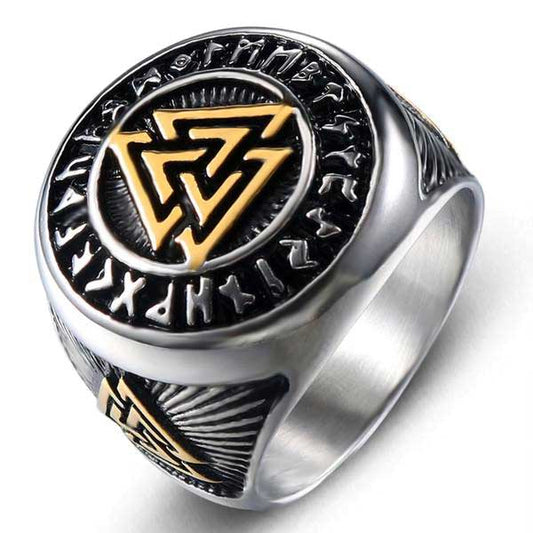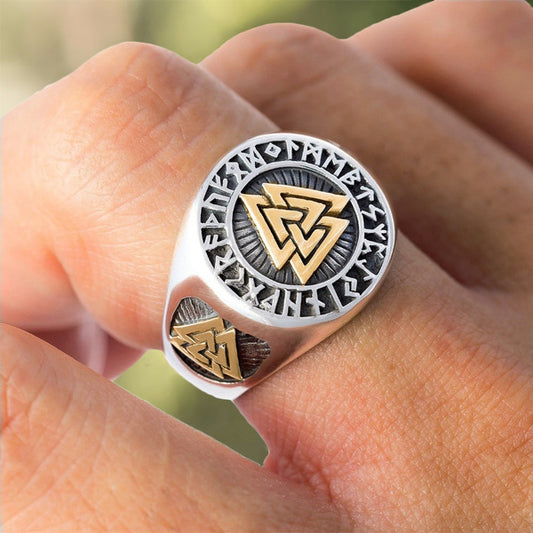Carved on the bow of Viking ships, the dragon, known as “dreki”, is a sign of strength, power and bravery among the Scandinavian people. Many dragons have made history in Norse mythology. In this article, we tell you the story of Fâfnir , Midgardsormr and Nidhogg .
The meaning of the dragon among the Vikings
The dragon is the emblem of the Vikings . It was carved on the prows of boats . At the front of the drakkar, therefore, the head of the dragon, and at the back its tail. And sometimes on the flags, which were waved during battles to intimidate enemies.
The dragons of Viking mythology
In Norse mythology, fighting a dragon is a necessary step to gain recognition and glory .
They are three great dragons to have made the history of Norse mythology :
- Fafnir
- Jörmungandr
- Nidhogg
All three are reptilian-looking dragons (Jormungand is also said to be a serpent). The representation of the dragon in Norse mythology has nothing to do with that of Western countries. But they remain, in both cases, scaly creatures, very large, possessing claws and dishonest intentions .
Fafnir

- Fâfnir was a dwarf before becoming a dragon . His story begins the day he and his brother Regin claim the treasure of his father, King Hreidmar. And when the latter refuses to give it to them, the two brothers undertake to kill him. Once their father died, Fâfnir threatened his brother to kill him again if he did not leave him his share of the treasure. Frightened, Regin flees. Fâfnir then finds himself alone with a treasure that turns out to be cursed . To punish him for his avarice, Fâfnir is transformed into a dragon . A treasure guardian dragon .
Meanwhile, Regin becomes a blacksmith. And in no way forgot the treasure that was to belong to him too. So he forged a sword for the hero Sigurd , and begged him to go and slay the dragon. Which he did perfectly.
Fâfnir and his story could have inspired the fantastic dragon Smaug in JRR Tolkien's novel "The Hobbit".
Midgardsormr (Jormungand)

- The Midgardsormr, also called Jörmungandr , is a dragon, son of Loki and the giantess Angrboda . This is a sea serpent that lives in the ocean surrounding Midgard (Midgard Serpent). And it was the god Odin who threw him there. Fearing a prophecy that Loki's three monsters would cause the end of the world (Ragnarok). The Midgardsormr is so big that it can bite its tail. It is also said that it is its movements in the ocean that cause tidal waves.
It is Thor, in Norse mythology, who decides to fight the Midgardsormr . The god then goes to sea with a boat, rented to the giant Ymir. And go on a dragon hunt. At the end of a fishing line, he places an ox's head as bait. Jörmungandr killed by the hook. Thor shoots as much as he can. And the dragon's head popped out of the water.
For the end of the story, two versions are known. In the first version, the legend says that Thor grabs the hammer Mjöllnir and deals a big blow to the monster which finds death. In the second version, when the Midgardsormr springs from the water, the giant in the boat is frightened. So he cuts the fishing line, and the dragon dives back into the waters.
Nidhogg

- The dragon Nidhogg lives at the foot of Yggdrasill , a cosmic tree symbolizing death and rebirth. The dragon is evil and mischievous. He devours the roots of the tree and intends to make the cosmos a real chaos. And it is the third root of Yggdrasill , more precisely, that the dragon gnaws. Which leads to Nifheim, an underworld.
Nidhogg is huge. On its head horns are visible, and at the end of its legs large claws to scrape the roots . It only has one pair of legs, in front. The rest is just a very long tail. This is a serpentine type dragon.
Nidhogg is a dragon that persecutes criminal souls, which he ends up devouring. He is also the keeper of the source from which Elivagar's eleven rivers flow , all poisonous.
The Vikings certainly understood the power of the dragon. At the mere sight of this representation on a flag or a boat, the enemies fled. The image of the dragon then remains the true symbol of the Vikings and their bravery.
In the same theme as the Viking dragons, we find the Japanese dragons. You can also honor them with a Japanese t-shirt .

